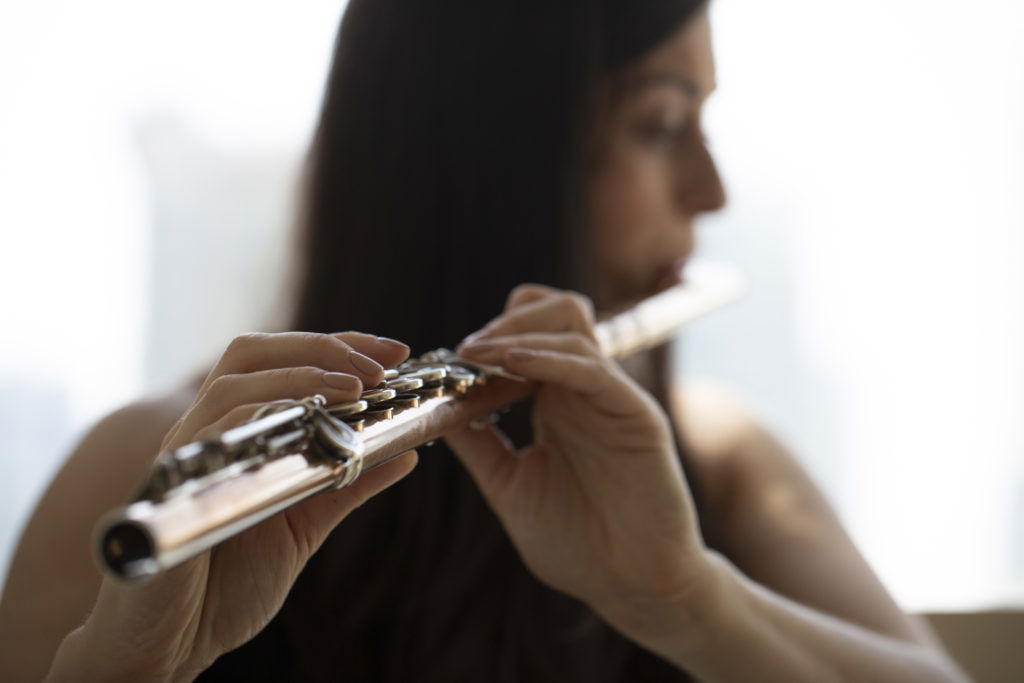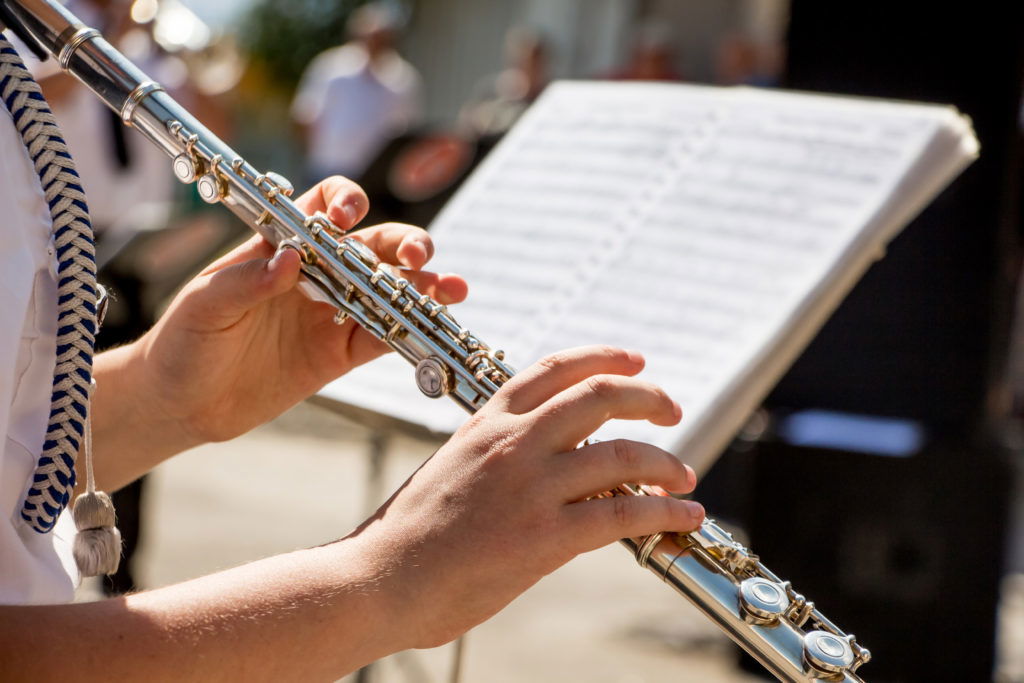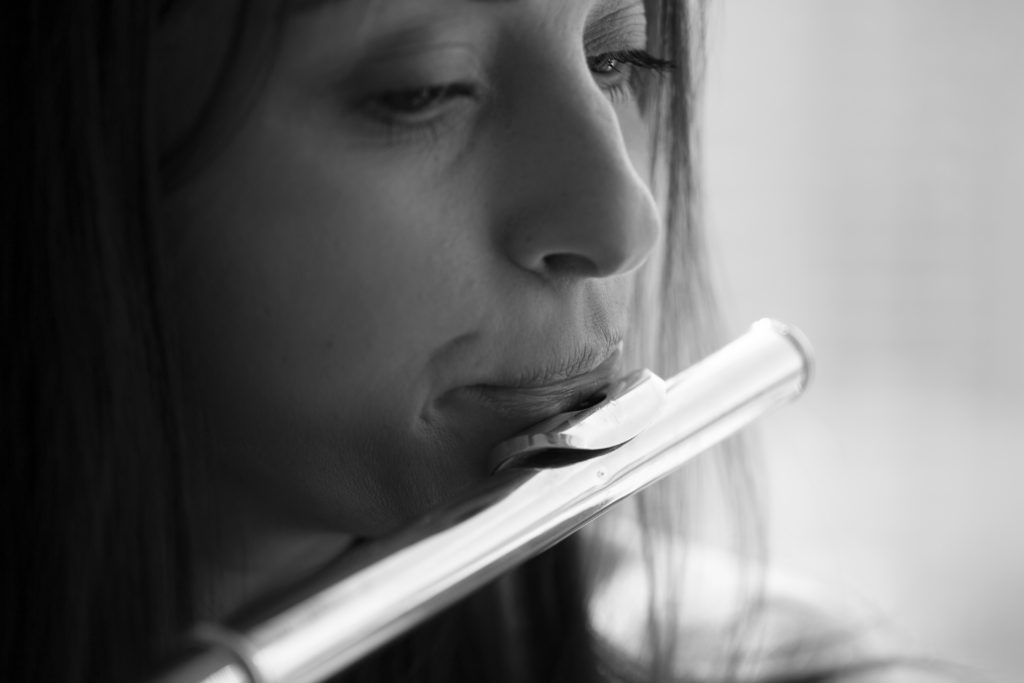Learning how to warm up the flute is a vital aspect of any flute players practice routine! It should be incorporated whether you have 60 minutes to practice or 15 minutes to practice. A warm up routine can include long tones, scales, technical exercises, articulation exercises, breathing exercises or even simple tunes you enjoy.
Even in a short practice session you should never miss out the warm up! As you grow and move through the different stages of being a flautist, or any performer for that matter, so to will your warm up evolve and grow with you. You will find that as a beginner, your warm up techniques will include mostly focusing on tone. Finding your embouchure and developing your basic technique. As you move on and improve you will find that these simple exercises will become more complex. So let’s look at how to warm up the flute!
Warm up techniques can divide into a few different specific categories. These are:
- Breathing Exercises
- Long Tone Exercises
- Technique Exercises
- Articulation Exercises
Breathing Exercises

Breathing exercises are extremely important for flute players and all wind players, for the very simple fact that in order to play these instruments you need air and in order to have air you need to be able to breathe correctly!
Some basic things you could try are breathing in for a certain amount of counts, holding for a certain amount of counts and blowing out for a certain amount of counts. My favourite is to start with four counts and gradually build this up! Ideally you want the amount of time you blow out for to be longer! For this you will want to put the metronome on at crotchet = 60 as this is the exact length of a second on a clock!
Another exercise I enjoy doing is trying to hold a piece of paper up on a flat wall just with your air stream. This is much harder than it sounds!
It is also a useful exercise to place your flute case on your abdomen lean into it up against the wall and see if you can push yourself away from the wall as you breathe in. This is lovely as it really drives home that your lungs should be expanding! No raised shoulders here please!
Long Tone exercises

This type of warm up is vital for any and all flute players and can have so many benefits!
Long tones are literally just long notes! Being able to play long notes on the flute will help your breath control, embouchure strength, intonation and much more.
The best place to start when doing your long tone practice is on the note B on the middle of the stave. This note is perhaps one of the easiest to play and so it allows you the opportunity to purely focus on your breath support, embouchure, intonation and sound!
Start your practice by playing one long note. See if this can become the most beautiful note you have ever played! Think about the mouth shape ‘AH’, imagine your back molars opening. By doing this you will begin to create more resonance in your sound. Aim for a steady strong tone and work on removing the air from the sound! Your embouchure hole should be as small as a grain of rice!
The next step is to start moving chromatically down. There are many books that give you excellent exercises to follow, including Trevor Wye practice books for the flute and Marcel Moyse De La Sonorite.
If you are a beginner student then simply use just the head joint alone so you can focus on your embouchure and mouth shape without the distraction of the keys!
Once happy with this middle register you can then move to the extremes of the flute. These include the super high notes and the super low notes. These are much harder to develop a beautiful tone on and so it is best to work your way towards this once happy with the middle register.
Dynamics can be a useful tool in tone practice as dynamics require a different type of flexibility in the embouchure. Crescendos, diminuendos, practicing your tone loud or soft requires so much strength in your embouchure.
You can then also include octave leaps into your tone practice as this will improve your embouchure flexibility further.
A mirror can be really useful when doing tone exercises as can a metronome and a chromatic tuner.
Technical Exercises

The next aspect of warming up is by using technical exercises, more specifically getting those fingers moving!
By doing technical exercises, this can help to avoid any strains or potential injuries that can happen when playing! Remember being a musician is just like being an athelete!
Scales and arpeggios are a great place to start. Scales are very simple patterns that follow a very simple sequence. To learn more about them do make sure to read the blog on the circle of fifths and scales to know more about these!
There are also some great books you can use that include some excellent fun scale exercises including Reichert, Taffanel & Gaubert etc
Articulation exercises

The final section that is important to warm up is your tongue! Articulation is such an important aspect of playing the flute and as a flute player you know there are many different types of tonguing you need to be able to master, single, double and triple tonguing.
Starting with a long note, you can focus on where your tongue is and concentrate on making the start of this note crisp. Gradually you can make these notes faster as you can see below.

What type of warm up are you doing?
It is so important to consider what you are warming up for as this will greatly affect how you warm up the flute. Are you warming up for a big concert? An ensemble rehearsal? Or simply a practice session? This is so important to consider as it will affect how you go about warming up!
If you are warming up for a practice session you will want to do a more general warm up that includes everything: breathing, tone, technique and articulation.
However, if you are focusing on something specific like a performance you may find warming up specifically more helpful! If you are playing a fast piece you may want to play all of your runs super slowly. Or if you are playing a piece with many long notes to support then you may want to focus on your sound.
Remember your warm up session is very personal and it is important to begin carving out your routine as you progress and develop as a flautist! I hope that has given you a nice insight into how to warm up the flute!
How do you warm up? Let me know!
